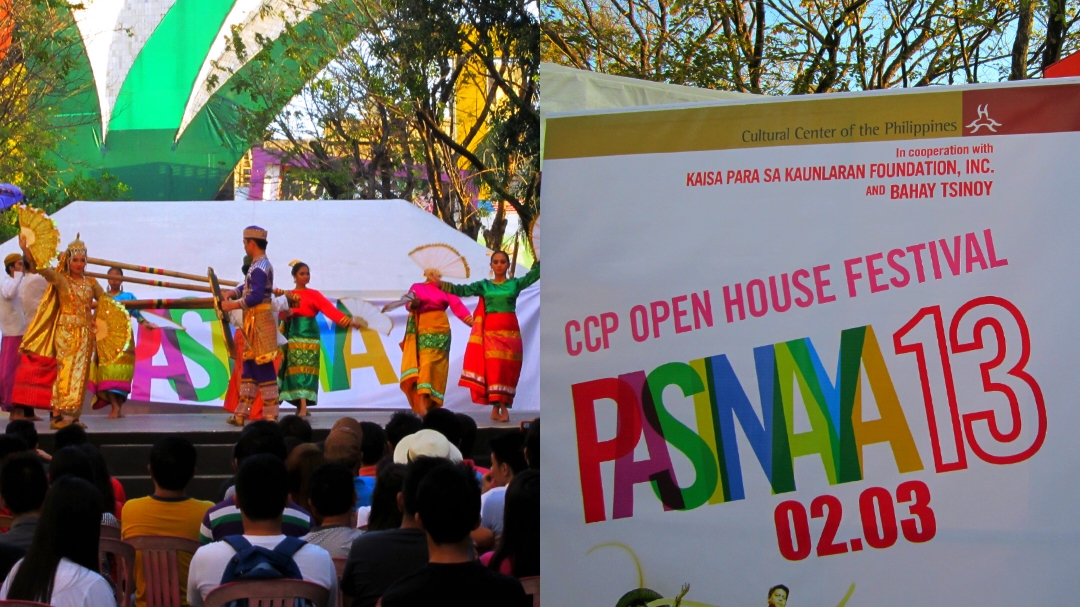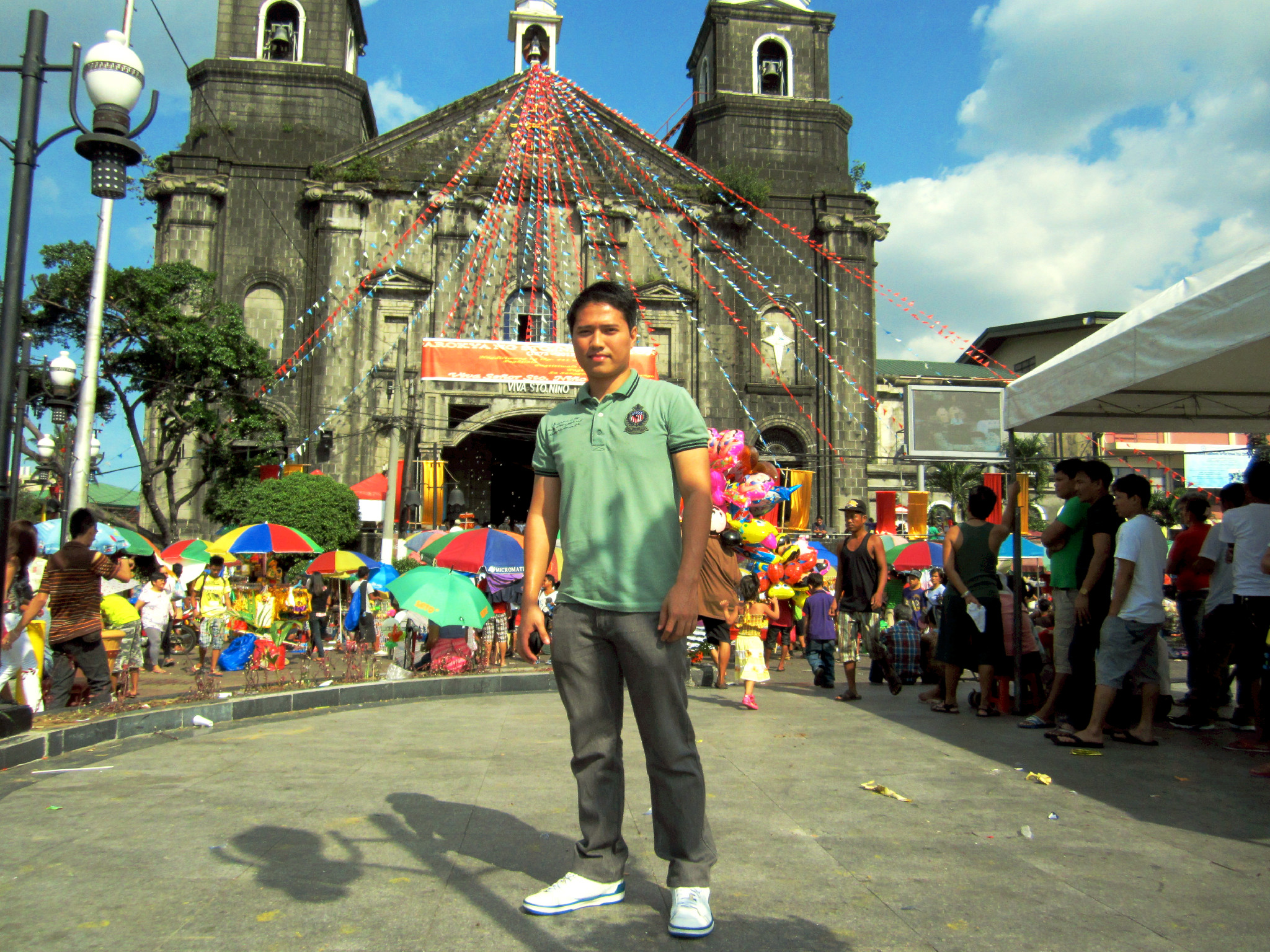"Meeting, The Dalai Lama is a rare opportunity and truly a blessing. His spirituality and compassionate nature give hope and faith to the people to appreciate life and realize that there is certain holiness in you. It is for us to discover our 'Dharma' or life purpose and live in the holiness of our being."
Today was another great opportunity. I have met and attended His Holiness The Dalai Lama's teaching in Buddha Jayanti Park, New Delhi. Just a few days ago, I was blessed to travel -- 'Meeting The Dalai Lama in Dharamsala and attending'Meeting The Dalai Lama in Dharamsala and attending his lecture about 'Jataka Tales' which is about the story of Buddha's birth and rebirth. Today, he addressed thousands of attendees about 'The Three Principal Aspects of The Path,' significant to the Tibetans-in-exile and everyone present regardless of nationality and creed.
Most of the crowd are Tibetans, followed by Indians and some foreigners who are followers of The Dalai Lama. After falling in line towards the venue's entrance, it was good that I found a seat at the back which is more comfortable than sitting on the ground like my previous experience in his lecture in Dharamsala. Some people in groups are sitting on the lawn while others are busy roaming around organizing the event.
 |
| Image from: Tibet.net |
At the entrance, people are welcomed by Tibetan ushers, and walking on the path are blossoming colorful flowers around. The chirping of birds and the vibrant surroundings relax the senses. Even rabbits and flocks of swans in a pond are visible and have been taken good care of. Walking further are some hilly pathways with petals scattered on the aisles, which are made especially for welcoming His Holiness. The weather is warm but tolerable since it is not the official summer yet. His lecture in Dharamsala was cold, while in Delhi, it was good weather for me since I like the tropical season.
As the open ground was about to be filled with attendees, The Dalai Lama and his entourage walked towards his elevated podium while greeting people with his smiles. This time there were no chanting ceremonies by the Namgyal monks before his lecture, which started at around 2 pm. The good thing about his speech was that an interpreter translated every part of The Dalai Lama's lecture into English for the benefit of the non-Tibetans. This is better since the previous lecture in Dharamsala was delivered in Tibetan, and only those with an FM radio could hear the English translation.
As the open ground was about to be filled with attendees, The Dalai Lama and his entourage walked towards his elevated podium while greeting people with his smiles. This time there were no chanting ceremonies by the Namgyal monks before his lecture, which started at around 2 pm. The good thing about his speech was that an interpreter translated every part of The Dalai Lama's lecture into English for the benefit of the non-Tibetans. This is better since the previous lecture in Dharamsala was delivered in Tibetan, and only those with an FM radio could hear the English translation.
However, if the same thing happened in the previous experience, I do not worry since seeing the Dalai Lama for me is enough, and I did not mind the language he used in his lecture. Still, since there was an English interpreter, I felt more grateful and happy that I understood his message better. It was also good to hear The Dalai Lama tried speaking in English to make his point. He still cracks some jokes accompanied by his world-renowned laugh and smile to uplift people's spirits.
Being the living Buddha of compassion, the Dalai Lama has made his teachings as meaningful and lively as possible. Even though it was a long time sitting, it was not tiring, and one could feel his loving and compassionate energy toward the people. His teachings include human suffering, happiness, and enlightenment which is still significant today.
According to His Holiness, the primary cause of suffering is discontentment. People of today are becoming more materialistic and want something more despite having enough already. Nevertheless, happiness can be attained by contentment and satisfaction with everything. The feeling of 'having enough' and being spiritual at the same time can be an ultimate source of internal happiness and peace of mind.
Being the living Buddha of compassion, the Dalai Lama has made his teachings as meaningful and lively as possible. Even though it was a long time sitting, it was not tiring, and one could feel his loving and compassionate energy toward the people. His teachings include human suffering, happiness, and enlightenment which is still significant today.
According to His Holiness, the primary cause of suffering is discontentment. People of today are becoming more materialistic and want something more despite having enough already. Nevertheless, happiness can be attained by contentment and satisfaction with everything. The feeling of 'having enough' and being spiritual at the same time can be an ultimate source of internal happiness and peace of mind.
 |
| Image from: tibet.net |
Likewise, a person can become happier and experience less suffering if enlightenment is achieved. In Buddhist philosophy, spiritual tools like prayer, 'The Power of Meditation,' and selfless services to people are indispensable in attaining a happy, fulfilled, and enlightened life'The Power of Meditation,,' and selfless services to the people are essential to achieve a happy, fulfilled, and enlightened life in Buddhist philosophy.
Although I am a Christian, this principle is relevant and meaningful. We can learn these things from the Buddhist perspective of living.
At the end of The Dalai Lama's lecture, he thanked everyone for making the event possible and successful. It was followed by his recessional ceremony going back to his destination. Before he finally vanished into sight, I met him up close while he waved his hand to the people who signaled his blessings.
Meeting The Dalai Lama is a rare opportunity and truly a blessing. His spirituality and compassionate nature give hope and faith to the people to appreciate life and realize that 'There is Certain Holiness in You.'. It is for us to discover our 'Dharma' or life purpose and live in the holiness of our being.
© 2013 Del Cusay
Although I am a Christian, this principle is relevant and meaningful. We can learn these things from the Buddhist perspective of living.
At the end of The Dalai Lama's lecture, he thanked everyone for making the event possible and successful. It was followed by his recessional ceremony going back to his destination. Before he finally vanished into sight, I met him up close while he waved his hand to the people who signaled his blessings.
Meeting The Dalai Lama is a rare opportunity and truly a blessing. His spirituality and compassionate nature give hope and faith to the people to appreciate life and realize that 'There is Certain Holiness in You.'. It is for us to discover our 'Dharma' or life purpose and live in the holiness of our being.
© 2013 Del Cusay





























